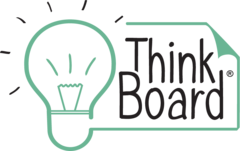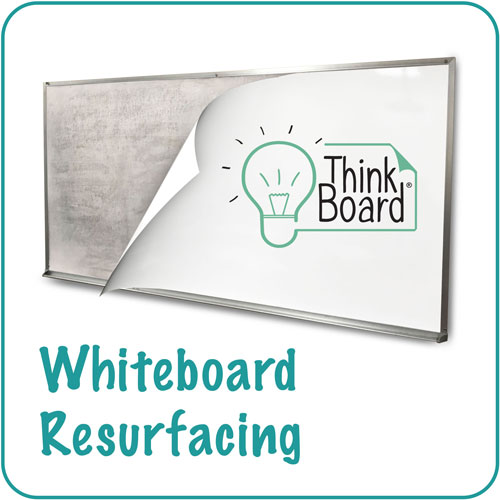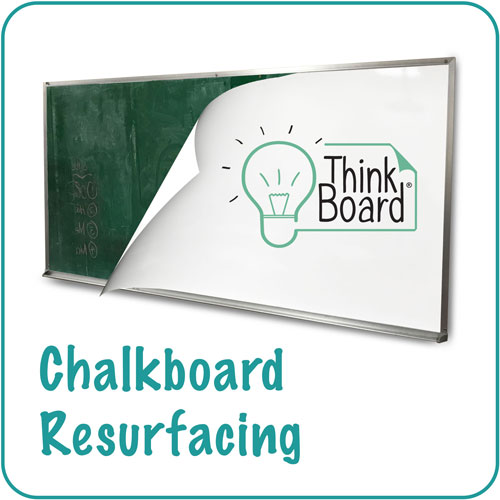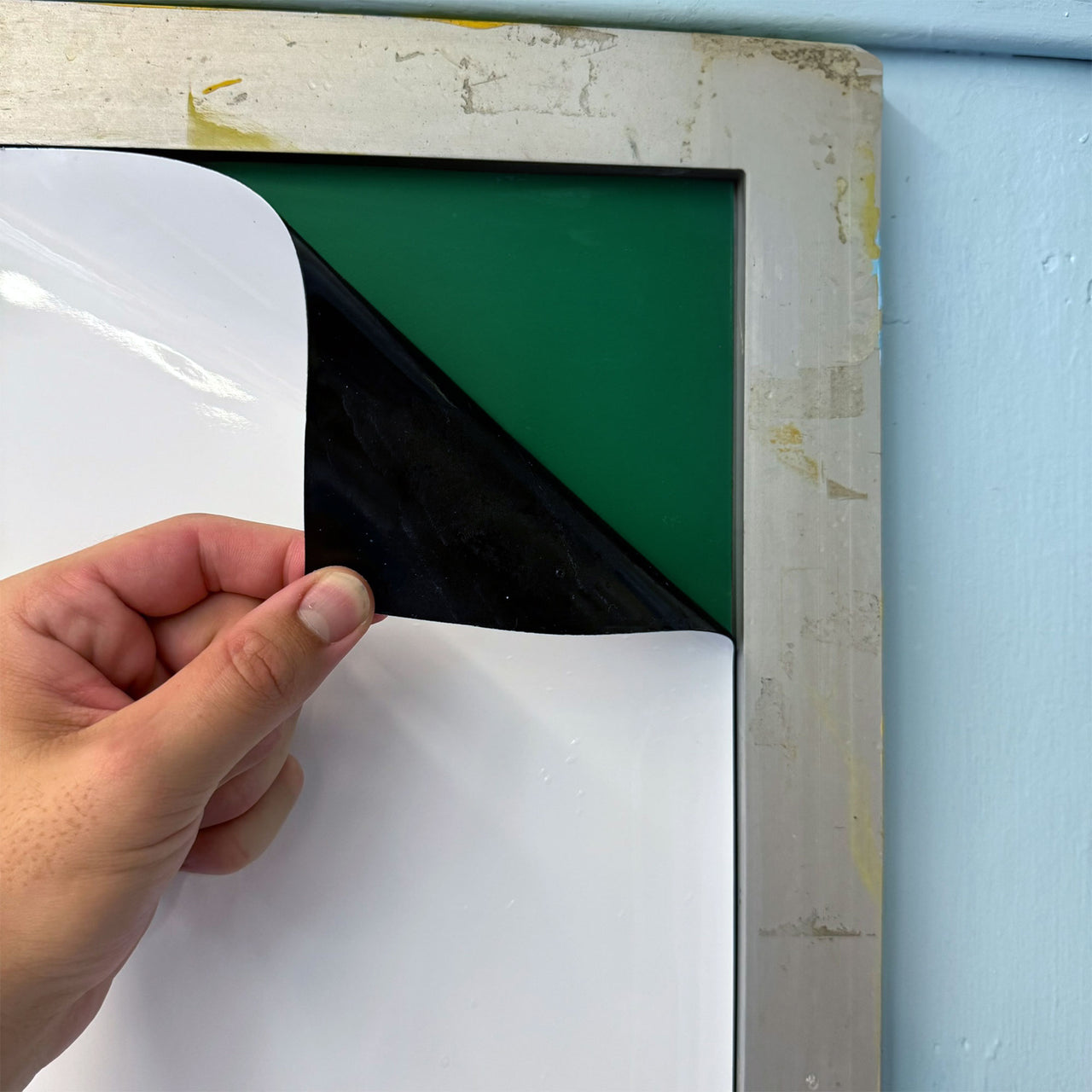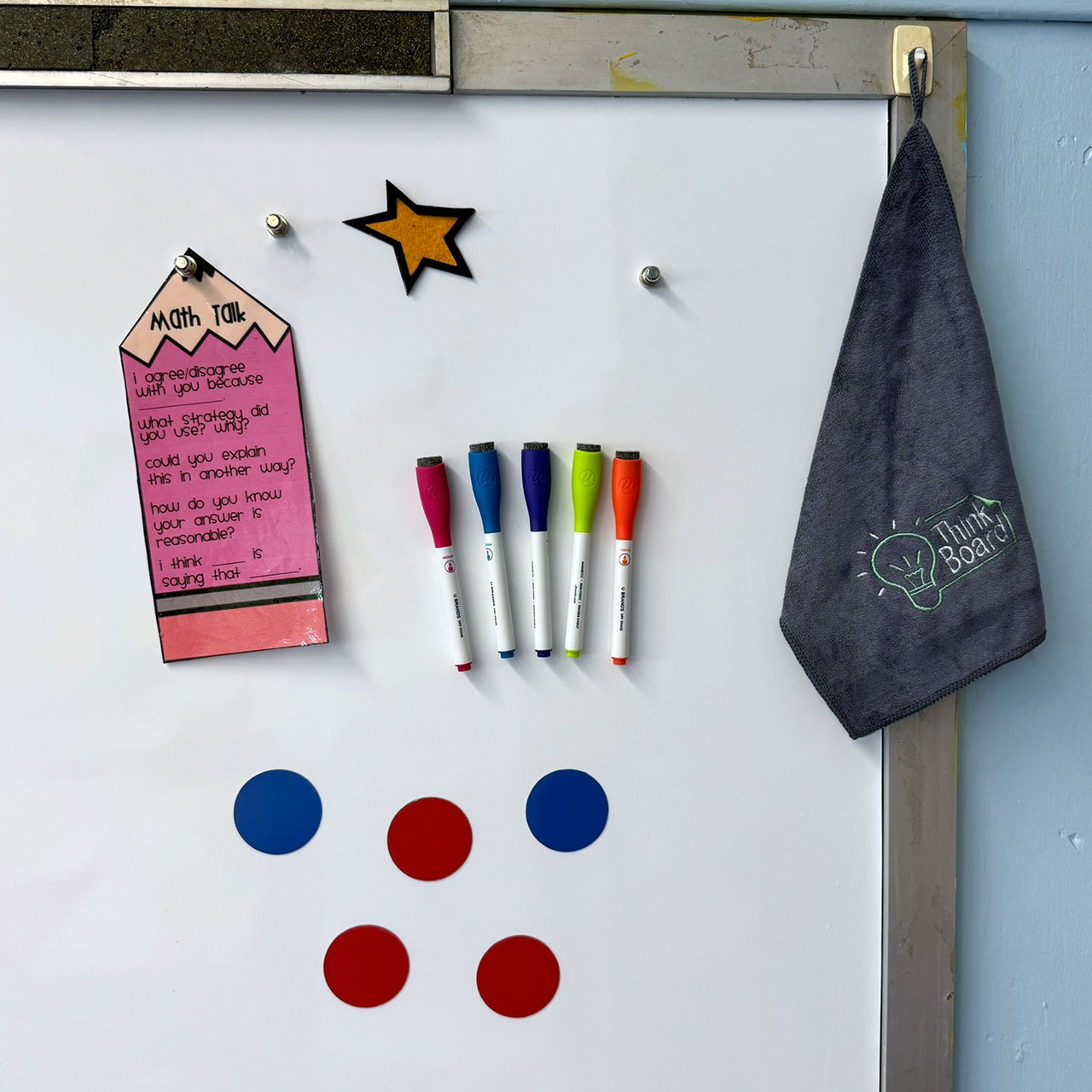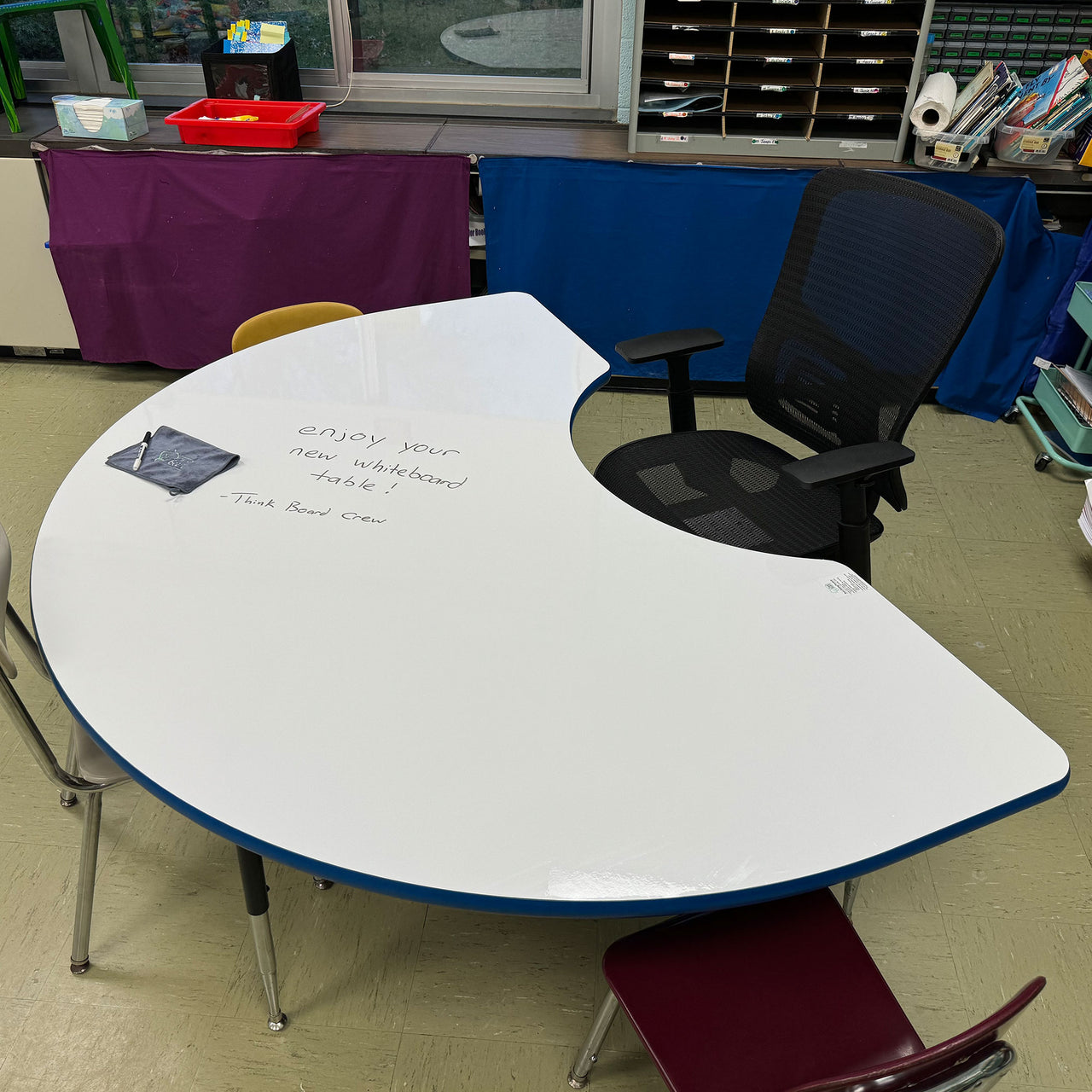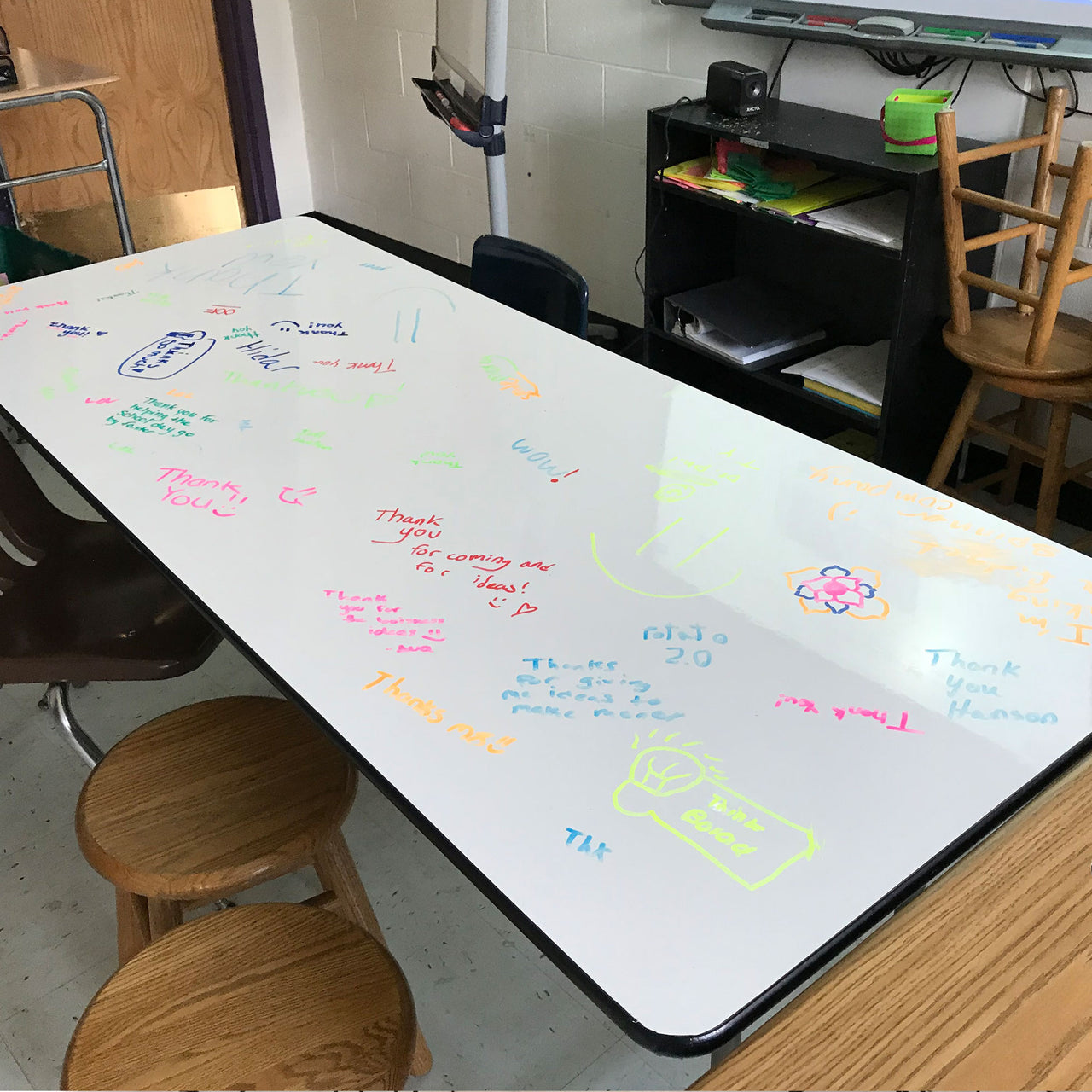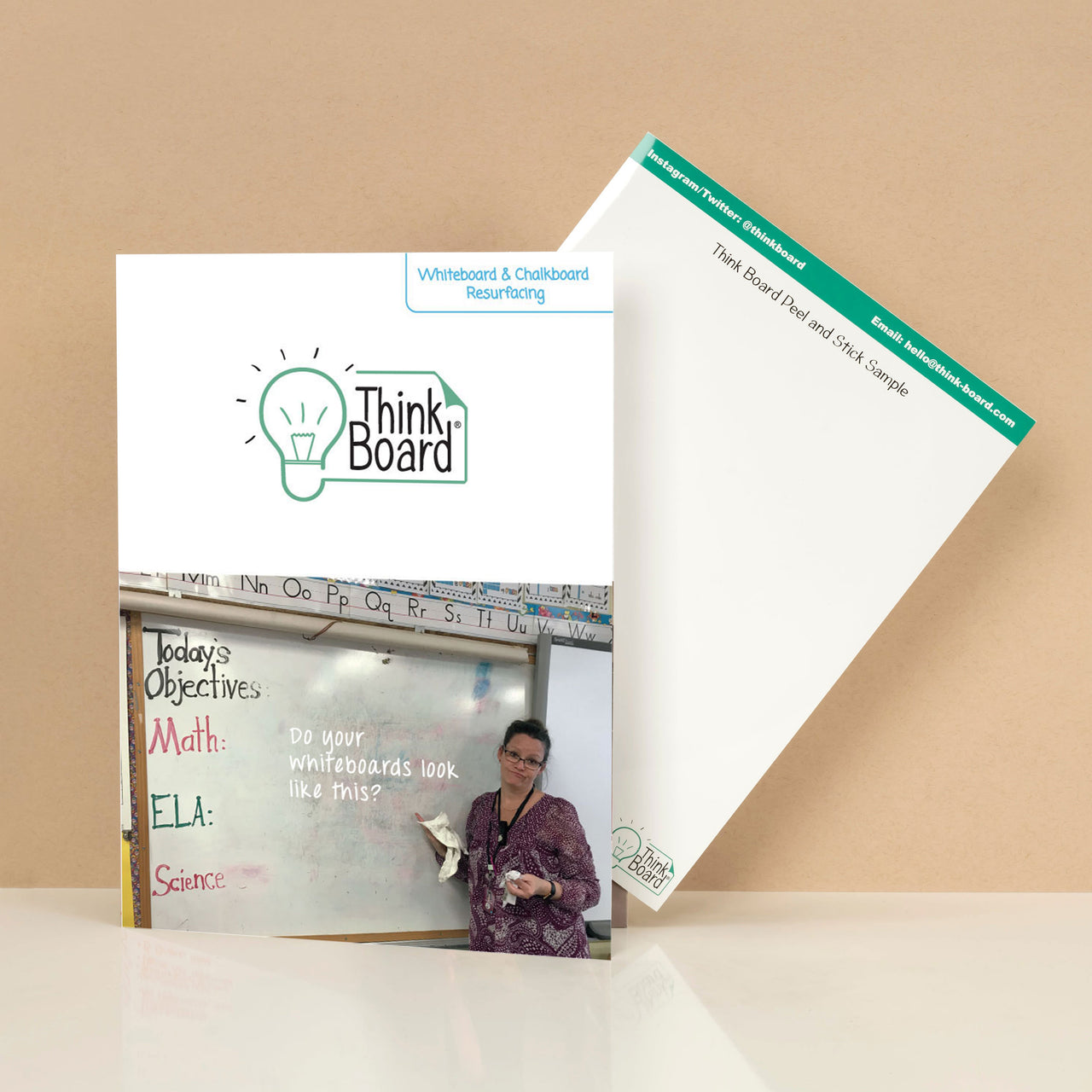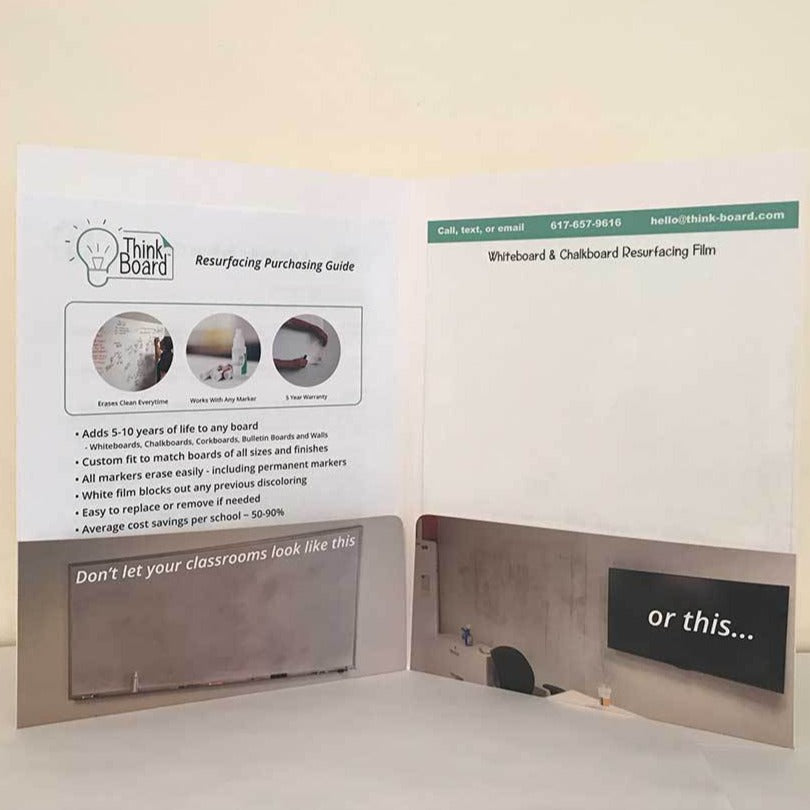How to Learn Faster and More Effectively with Think Board
Whether you're a student trying to ace your next exam or a teacher looking to make lessons more interactive and engaging, your learning environment plays a major role in how information is absorbed and retained. At Think Board, we believe learning should be active, visual, and fun—and our products are designed to support exactly that.
Here’s how you can use Think Board to supercharge your learning process, boost retention, and make education feel less like a chore and more like a game plan.
1. Make Learning Visible with a Personal Study Wall
Tip: Use our Premium Think Board Film to turn any wall, desk, or door into a dry-erase learning zone.
Why it works: Visual learning boosts retention by up to 400%. When you write things down and see them daily, your brain reinforces the information naturally.
Try this:
- Create a “learning dashboard” with your weekly goals, subject breakdowns, and key formulas.
- Build a timeline for history or literature lessons and draw it out with illustrations.

2. Use the Feynman Technique (with Diagrams!)
Tip: Teach it to yourself or someone else using Think Board.
Why it works: Explaining a concept in your own words and breaking it down on a whiteboard forces deep understanding.
Try this:
- Divide your Think Board into 4 sections: Concept Name, Simplified Explanation, Examples, and Gaps in Knowledge.
- Redraw and review weekly to reinforce your understanding.

3. Turn Your Desk Into a Creative Workspace
Tip: Apply Think Board X Desktop Film to your desk for real-time note-taking, brainstorming, and drawing.
Why it works: Active recall and quick sketches improve memory and focus during study sessions.
Try this:
- Doodle diagrams during science lessons.
- Keep a running vocab list or formulas at your fingertips.
- Jot down questions to revisit without flipping between notebooks.

4. Gamify Review Sessions with Think Board
Tip: Use your Think Board to turn test prep into an interactive game.
Why it works: Gamification increases motivation and engagement while encouraging collaborative learning.
Try this:
- Jeopardy-style review board for group study.
- Flashcard grid with covered answers (write question on top, lift flap or erase to reveal).
- “Speed round” where a timer is used to solve problems written on the board.

5. Organize & Plan Without the Digital Overwhelm
Tip: Use a corner of your Think Board for a weekly planner and study tracker.
Why it works: Physical planning reduces screen fatigue and improves productivity.
Try this:
- Color-code subjects or tasks.
- Include daily check-ins for mental health or motivation quotes.

6. Teach, Don’t Just Tell
For Teachers: Maximize engagement by making your lessons more hands-on with Magnetic Think Board.
Why it works: Students are more engaged when they can participate, move pieces around, and physically interact with the lesson.
Try this:
- Use magnets and visuals during lectures (math manipulatives, sentence structures, maps).
- Let students lead mini-lessons using the board.

7. Review & Reflect with an “Exit Ticket” Space
Tip: Designate a small corner of your Think Board for daily reflections or exit tickets.
Why it works: Reflection helps students consolidate learning and recognize what they don’t yet understand.
Try this:
- “What’s one thing I learned today?”
- “What was confusing?”
- “Tomorrow I want to…”

Final Thoughts
The beauty of Think Board is in its versatility. Whether you’re teaching or learning, our products help make knowledge visible, tangible, and interactive. With the right setup and strategies, you can make each lesson more impactful and every study session more effective.
Looking for the right Think Board product to fit your space? Check out our full collection at Think Board.
